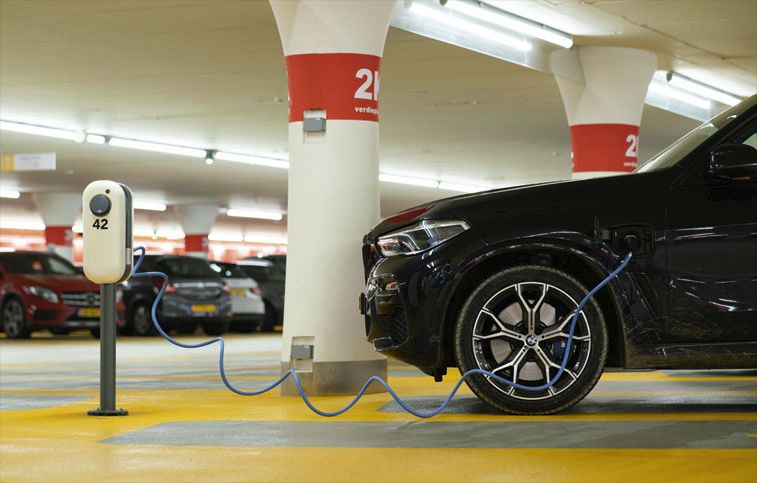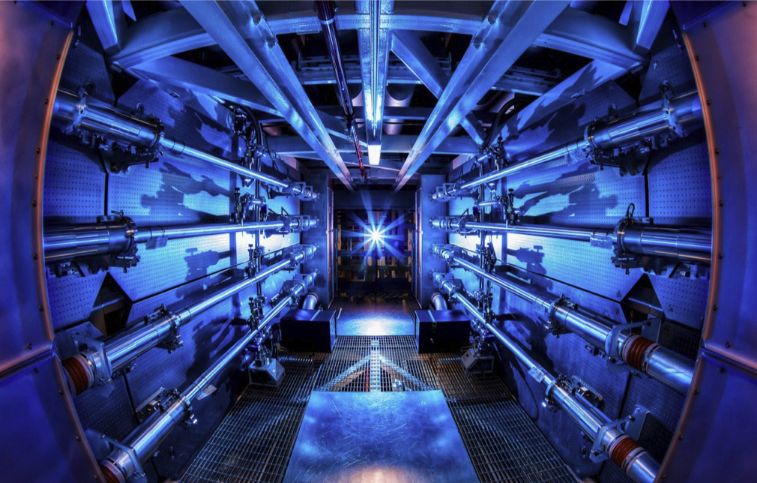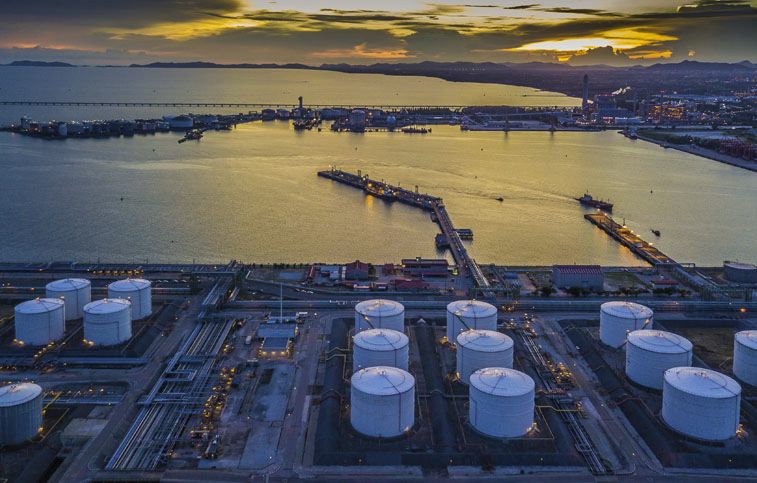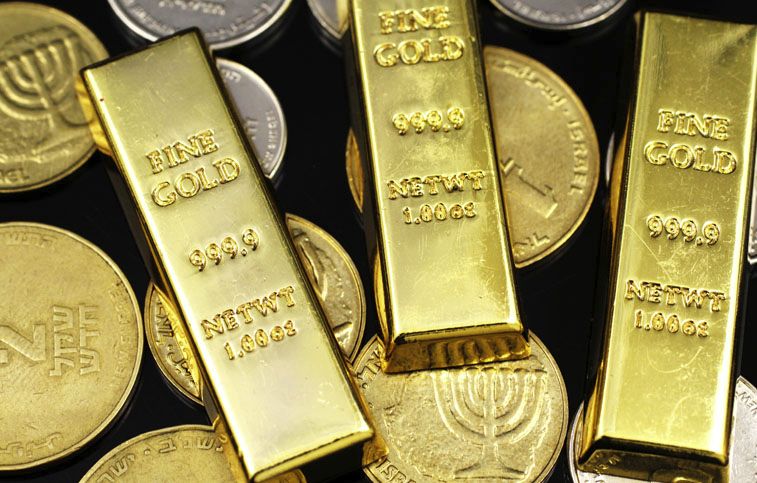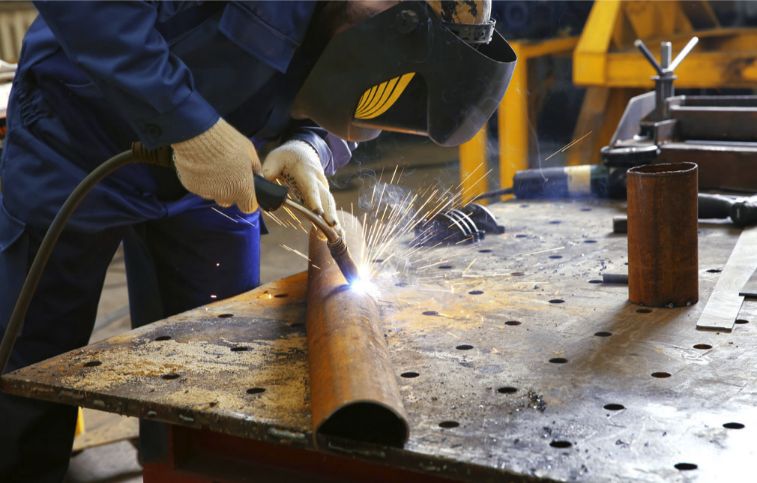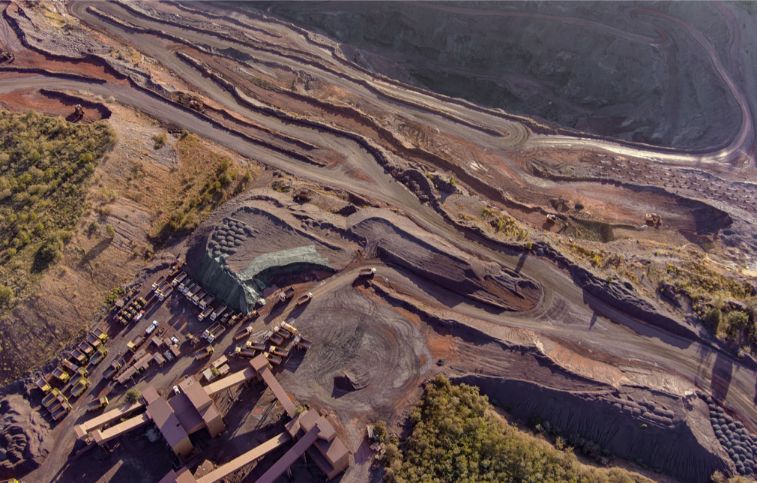Electric vehicles are great for conserving energy, but the same cannot be said about the number of raw materials required to manufacture them. Electric vehicles require approximately six times as many raw materials as conventional vehicles. A few examples are nickel, cobalt, manganese, graphite, and lithium, which are all necessary for batteries to function. Although motors often require rare earths and copper, the good news is that these raw materials will be plentiful for the foreseeable future. Compared to the amount of land claimed by fossil fuel extractors and agriculture, the amount of land claimed by miners is very small, meaning that there is room for expansion in the industry.
The auto industry’s demand for these minerals will likely increase over the next two decades. The International Energy Agency (IEA) predicts that demand for cobalt, nickel, and graphite will increase by a factor of twenty. In contrast, demand for lithium may increase by a factor of one hundred. The automotive industry and battery storage manufacturers will likely need forty times more lithium by the year 2040 compared to present day demands.
These mineral riches are concealed within the earth’s rocks, brine pools, and mine waters. The IEA warns that the rate at which they are mined will not be sufficient to meet the anticipated demand in the near future. The ease at which these minerals can be supplied is relevant to determining the price of the e-tron, Tesla, and Zoe vehicles, and whether the transition to electric vehicles will be affordable for everyday consumers. Materials used to make these vehicles are directly responsible for a significant portion of their price. If materials are expensive because they are in short supply, consumers will have a harder time to switch to green transportation alternatives and potentially limit the world’s options to reduce climate change.
Lithium
Lithium plays a unique role as a raw material. Replacing the role of this reactive metal is nearly impossible. At least not on a large scale, and not for common electric vehicles. The small amount of countries that supply the industry with lithium is even more cause for concern. There appears to be an oligopoly for primary production, with a handful of large corporations dominating the market in a few countries. Australia (48%), Chile (26%), and China (16%) are the top three lithium-producing nations. These nations are extracting lithium in mines from igneous rock and brine containing lithium from salt lakes, with the latter extraction method having a better CO2 emission-to-environmental impact ratio.
Significant European developments to boost its domestic lithium production have included projects in the Czech Republic, the German Upper Rhine Graben, Spain, Portugal, Austria, and Finland. According to the IEA, the European Union (EU) could meet up to a third of its lithium needs by 2030, a time-frame that allows the EU to develop new mines and processing facilities. However, the European community will always continue to rely on imports, as the region does not have enough natural stores of lithium to meet the demands of its own industry.
Dependencies persist even after lithium has been extracted from the earth. China, for instance, possesses unparalleled lithium processing capabilities. China has refined up to 70% of all lithium products traded internationally to date. The nation also holds an equal share of cobalt processing, 35% nickel processing, and nearly 90% rare earths processing.
Cobalt
Concerns over raw material supplies play a major role in how the industry is evolving. Manufacturers are substituting other cathodes to reduce the amount of cobalt in electric vehicles. Most of cobalt comes from the Democratic Republic of the Congo. However, the working conditions of the miners there have been criticized for years, and manufacturers are attempting to decrease their dependency on mines with poor labor conditions. Nonetheless, cobalt will continue to be required in the future, but it will become significantly less important as cathode technology evolves.
On the cathode side, nickel could replace cobalt as the primary element. Additionally, lithium iron phosphate batteries, which do not require cobalt or nickel, may become more practical for stationary battery storage. At the start of the year, Volkswagen also announced its intention to use this type of battery in its entry-level vehicles. If advancements are made in solid-state batteries, the demand for graphite will shift to lithium. Predictions regarding when and how many raw materials of each type will be required are only partially reliable.
Copper
Very few people are currently concerned about copper supplies, a metal that is also absent from the EU’s list of essential raw materials. Nonetheless, Goldman Sachs analysts predicted at the start of the year that a copper shortage was imminent. Again, the majority of the concerns are related to China. The country is driven by its demand for copper, which accounts for 50% of global demand. Four of the five largest copper refineries are located in China, making it the largest producer of refined copper at 30% of the world’s total production capabilities. In addition, China is involved in nearly every copper mining project that has recently been initiated.
With Chile as the continent’s leader, South America has always been the most significant region for copper ore mining. Nonetheless, the nation’s market share is declining due to substantial investments by Chinese firms in Congo, which has become the fourth largest copper producer in the world. In addition, Chile’s neighbor Peru has doubled its production since 2011 and is now the second largest copper producer in the world. The Peruvians owe their success primarily to two mines: Toromocho and Las Bambas, which are both indirectly controlled by the Chinese.
On average, each electric vehicle requires four times as much copper as a vehicle with a combustion engine. Copper supplies must be inexhaustible if the transition to electromobility is not to be impeded. This feat can only be accomplished through imports, as Europe and the United States do not possess a sufficient domestic quantity to exploit. However, Europe recycles more efficiently than its global counterparts. At 40%, Europe’s copper recycling rate is significantly higher than the average of 17%.
